MARKET OVERVIEW
The Global Automotive Frame Machine market is a distinct segment within the broader automotive repair and maintenance industry involving specialized equipment for the restoration of vehicle frames back to original specification after they have been damaged. Such machines will continue to remain important for collision repair activities where the emphasis is given to structural integrity. Frame machines will advance as the design and material complexity of the vehicle increase to address the precision-engineering requirements in diverse workshop environments.
The Global Automotive Frame Machine market addresses the different structural frame misalignment caused by accidents or wear. Such machines rectify structural inconsistencies in basically two kinds of construction, the unibody and the body-on-frame, by using hydraulic and mechanical systems. While the manual setups with a lot of human input remained the backbone of previous generations of frame machines, the innovation path for the future would be in digital integration, laser-assisted alignment, and data procurement for high accuracy. The machines are also employed in the larger context of repair workflow, which involves suspension systems, wheel alignment, and safety inspections for structural integrity.
On the other hand, the Global Automotive Frame Machine market will change its technological ratio as the design of the automobile frames crossovers to be light and mixed-material-oriented. New features designed into machines for the future will deal with such high-strength grades of steel and aluminum alloys, maintaining the integrity of the frame during a repair. Advanced clamping systems, intuitive operator control panels, and real-time diagnostics will be among the many upgrades being rapidly adopted among repair shops in their search for reduced turnaround times and a decrease in human error.
Global regulatory standards and safety inspections will also drive the manufacturing and utilization of equipment in this market. The repair of roadworthy vehicles using these machines will come under more scrutiny, thus establishing a greater emphasis on compliance tools and calibration protocols in the Global Automotive Frame Machine market. The temporal dimension that gives credibility to data is increasingly intruding into the maintenance area for commercial vehicles; hence insurance companies and fleet operators will pay more attention to shops that are adopting certified frame machines that deliver standardized repair results.
The increasing footprint of electric and hybrid vehicles will also impose mixed requirements for equipment specification in the Global Automotive Frame Machine market. These vehicles frequently contain adapted battery enclosures and components in the floor-mounted drivetrain requiring special lifting or anchoring solutions. In this light, frame machine manufacturers are likely to respond by designing models with adaptive chassis clamping and custom extension kits for new vehicle architectures. As this market is swiftly transiting, repair centers must also invest in versatile machines to remain competitive and live up to enhanced expectations of the tech-savvy vehicle owners.
User interfaces and training will define the path for this industry. The more complicated the equipment, the greater the importance of ease of operator usage, which will most probably include touchscreen displays, remote diagnostics, and cloud-based repair data in future models that will aid technicians in more accurately and confidently performing alignments and structural corrections.
In future, the Global Automotive Frame Machine market will keep relevance with emerging standards in vehicle manufacture and maintenance. It will orient itself towards industries that are focused on precision, durability, and operational efficiency. When there are continuous technological improvements and improvements in the various designs of vehicles, frame machines will forever hold importance in ensuring the structure and durability of modern automobiles.
Global Automotive Frame Machine market is estimated to reach $2,206.26 Million by 2032; growing at a CAGR of 7.6% from 2025 to 2032.
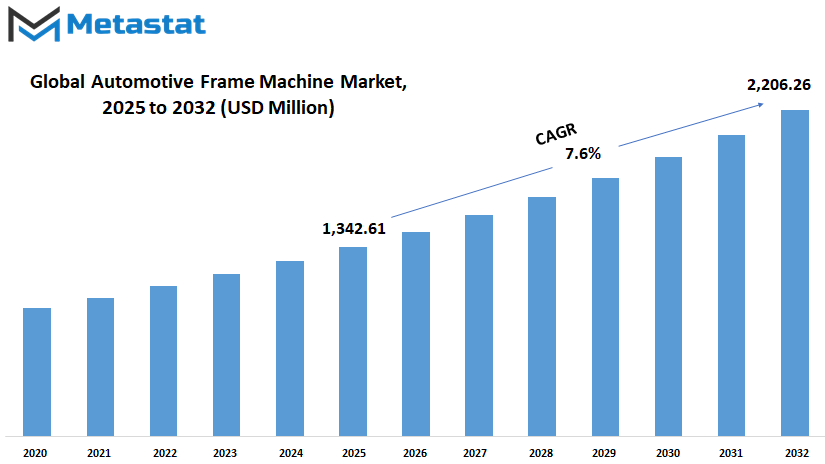
GROWTH FACTORS
The Global Automotive Frame Machine market are new demands and advancements in technology, which is likely to be rife with noticeable changes. With the continuous increase in the number of vehicles on the road, the likelihood of road accidents directly increases. And, obviously, the requirement for effective vehicle frame restoration tools ultimately increases. Most vehicles that collide with each other require intensive frame adjustment before they can be safely driven again. In such situations, frame machines come into play. They allow auto repair shops to take damaged frames to their original structure, which is significant not only in terms of safety but also for keeping reliability in long run.
Beyond accident repairs, the overall automotive repair and maintenance industry is also growing steadily, especially in developing countries with an evolving industrial base. More cars are being bought, and longer they are retained by owners, increased becomes the need to maintain these units regularly. More workshops and garages would be springing up, in particular, areas where there is rapid increase in the number of vehicles. Thus, demand for frame machines has been increasing, especially from repair centers wanting to come out with complete services under one roof.
But still, several of these may inhibit this promising growth. The primary hindrance to the growth is the high cost of the equipment. Large auto repair chains can go ahead and invest a lot in modern machines, but these little shops or independent repair shops shall find it difficult to invest in them. Thus, a gap arises, where plenty of repair centers may want the machine, but budget constraints won't allow them to bring it in. Another issue that hampers the development of such repair centers on throwing up such machines is the lack of skilled manpower, too, for the right training. Once the person is not well trained, then these machines would not be used at their optimal levels, which are also going to affect the quality of repairs.
However, going forward, a light is spotted in the horizon with all the fresh developments regarding their coming. Technologies have been coming up with advanced frame machines, some which provide compact designs, automated functions, and user-friendly controls. They will serve to reduce the learning curve and hence make the machines easier to use even by less experienced technicians. The Global Automotive Frame Machine market will, thus, continue to benefit from these innovations as the manufacturers hone their focus towards these upgrades. Sooner or later, these innovations would help to make these machines more easily accessible and appealing to a wider expanse of the populace, thereby opening the door for greater expansion into the marketplace.
MARKET SEGMENTATION
By Vehicle Type
The global automotive frame machine market will keep thriving owing to changing technologies in the automotive industry and rising demand for efficiency and preciseness in manufacture. Automotive frame machines serve vital purposes in vehicle maintenance and repair, restoration of structural shape post accident, and proper alignment of the vehicle. Growing vehicle ownership, coupled with increasing importance being placed on safety on the road and standards of repairs, will no doubt call for frame machines across all kinds of vehicles. By understanding how this market segments according to vehicle type, the future picture becomes a bit clearer on how future growth is likely to sprout and which industries will be most afflicted.
Passenger Vehicles will dominate the market with a prediction of 646.46 USD Million in 2025. These vehicles are 244,650 passenger vehicles per km road that require quick but reliable repair solutions. After an accident, these car owners want both safety and visual perfection as a repair outcome, which clearly indicates the role of frame machines again. Since awareness around vehicle safety is rapidly rising, more and more repair shops are increasing investments in state-of-the-art frame machines for passenger vehicles.
Light commercial vehicles which includes delivery vans and small trucks will also play major roles. This value is 410.53 in 2025 which shows how essential these goods had become in industries like e-commerce, construction, and local transport. Keeping such vehicles in shape will become a priority for such companies as they tend to depend on them for day-to-day operations. Frame machines designed for these vehicles will become common in workshops dealing with commercial fleets very soon.
Heavy Commercial Vehicles is behind with a valuation of 231.58 USD Million in 2025. Among such heavy commercial vehicles, Bigger trucks and trailers for long-distance transport are also included in this category. Their size and structure require larger and stronger frame machines, as well as durable frame machines for these heavy subjects. As more cross-country shipping and logistics come up, more centers will be established with the capacity to repair these vehicles, especially in areas of busy transport routes.
The 'Others' or off-road and specialty vehicles segment is projected to obtain a value of 54.04 million USD by 2025. They usually have rough applications in areas of farming, mining, and emergency services. Due to the operating conditions, these vehicles are more susceptible to structural damage. As a result of these features, frame machines equipped for such vehicles become necessary for both urban and rural workshops.
With every type of vehicle having its unique role in the world economy, so shall remain the Global Automotive Frame Machine market in focus to ensure a vital part of vehicle safety, function, and durability.
By Application
At the back of the Global Automotive Frame Machine market are technology, better designs of vehicles, and an influx of changes in customer expectations. With the advancement of vehicles, tools and equipment for their maintenance and repairs will have to couple in this advancement. Frame machines are instrumental in this evolution, especially in the area of structural repair and alignment. Considering the market from an application point of view will explain the utilization of these machines and how the demand for them will probably grow in time.
The machines are presumed to be one of the major applications: i.e., collision repair. As road traffic increases, accidents continue to be a concern. Frame machines restore vehicles to OEM specifications when they become damaged, especially those damages that are structural in nature. Workshops and service centers are becoming increasingly in need of high-tech systems that allow for rapid and accurate repair scheduling. The other change that frame machines will experience is that they will now have to incorporate the methods and means of working with different kinds of frames so as to minimize damage, thanks to new materials like lightweight metals coming into use for car construction.
Another significant application is chassis realignment. With frame machines, these small impacts are repaired to ensure that safety and handling characteristics of the vehicles are maintained. As manufacturers release newer models with increasing design complexity, the realignment equipment will be driven to more precise and user-friendly operation. There shall be increasing demand for systems assisted by sensors and computers to ensure that the repairs are done right.
Custom body modifications are also becoming more common. Whichever way they tend to express any form of personalization-whether in terms of looks or function-goes great. Frame machines affect the reshaping of vehicle patches so as to have an easy modification. In the future, with the buoying market for custom work, there is bound to be a greater demand for machines that can cover a wider range with the least setup time.
Restoration and rebuilding work will also support the Global Automotive Frame Machine Market. Older cars, especially in the classic category, often require careful work in restoring the frame without loss of original structure. Such works require precision and fine control, which modern frame machines can better deliver. The demand for restoration versus replacement will further intrigue steady growth in this segment of the market in the years to come.
By End User
The Global Automotive Frame Machine market is anticipated to grow substantially in the years to come due to the demand for vehicle repair solutions, modernization, and the growing awareness of precision and safety. Requirement differences in types of end users are going to be a major reason for driving this growth. Each lot of users will mitigate their specific influence on market development based on interests in either daily vehicle maintenance or the management of large fleets.
Frame machines will remain in heavy use by automotive repair shops. As car technologies continue to become complex and designs are continuously evolving, the shops will employ up-to-date machinery to maintain repair standards. Frame machines have evolved from just machines that straighten bent parts to critical machines that restore the vehicle to its original shape after an accident. Shops with modern machinery will provide enhanced accuracy in repair with shorter turnaround time and hence greater customer satisfaction. This circle of trust will eventually lead to more business as customers continue to hold on to their vehicles longer and seek out trustworthy repair options.
OEM service centers will drive demand as well. These centers work with original manufacturers and typically deal with newer vehicles under stringent norms of repair and calibration. The frame machines being employed here are expected to be highly precise, with additional calls owing to electric and hybrid vehicles. Under the landscape of altered designs, these service centers will be the harbingers of machines capable of working with advanced materials and new shapes, hence keeping on pushing the market with a flair.
Fleet operators are even more important. Whether they are operating delivery trucks or public transport vehicles, they need an instant and accurate repair service to keep their operations rolling. Damaged frames lead to long delays, incurring losses for every hour the vehicle is off the road. By investing in high technology frame machines, these operators will be reducing downtime and keeping service unaffected. The growing fleets will, in turn, require frame machines that they can depend on.
Insurance-affiliated garages will play their own role, too. Since they often undertake accident repairs, demand is high for machines that can achieve standards quickly. With insurance companies recently targeting cost control and efficient turnaround, these garages will look for frame machines capable of speed and accuracy. In the years to come, all these end users will together thrust the Global Automotive Frame Machine market toward tools that are smarter, quicker, and built for the future.
|
Forecast Period |
2025-2032 |
|
Market Size in 2025 |
$1,342.61 million |
|
Market Size by 2032 |
$2,206.26 Million |
|
Growth Rate from 2025 to 2032 |
7.6% |
|
Base Year |
2024 |
|
Regions Covered |
North America, Europe, Asia-Pacific, South America, Middle East & Africa |
REGIONAL ANALYSIS
Change will be the hallmark of the Global Automotive Frame Machine market, particularly in the wake of heightened vehicle production, repair trends, and changing consumer conditions. In parallel with continuing advances in vehicle design and a greater emphasis on safety, precision, and efficiency by the repair shops have arisen the needs for frame machines for newer materials and structures to rise. The growth prospects in any area can become clearer when studying differences in the pattern of the drying phase of this market across geographical regions.
In North America, the U.S. and Canada are expected to remain steady in market positions, owing to high vehicle ownership rates and an established automotive repair sector. Gradually newer technology will involve newer repairs of shops, with modern machine tools to accommodate these new repair needs. In Mexico, however, some growth might pop up from being the new kid on the block for vehicular production, which will trigger the need for machines in both the factory and service centers. Also, demand in the region is sure going to be pushed by the need to meet safety and performance standards.
Europe will also be holding a strong position. Countries like Germany, France, and Great Britain have a very rich tradition in the automotive industry, distributing high-end vehicles that require accurate repairs. The rising awareness toward automobile safety and sustainability will have repair facilities across the region remain ahead in the game using more efficient and accurate frame machines. Even in smaller or slower-moving parts of Europe, the steady inflow of cars needing repair work will keep the market going.
Asia-Pacific has the potential for some visible growth. It will be a rapidly growing region, with many new vehicle markets being developed in India and China that will lead to an increased demand for repair equipment. Such heavy city traffic accidents and vehicular wear and tear will make frame machines a dominant tool in many repair centers' daily operations. Strong technological backgrounds are expected to give Japan and South Korea the lead in machine innovation, influencing design and application of equipment all across the region.
South America and Middle East & Africa may fringe towards new opportunities at a slower pace. Improvement of transport networks and an increase in vehicles will naturally extend demand for repair equipment in places like Brazil, Argentina, and South Africa. Simultaneously, in parts of the Middle East, huge investments in infrastructural development and trade routes will increase demand for multi-vehicle machines.
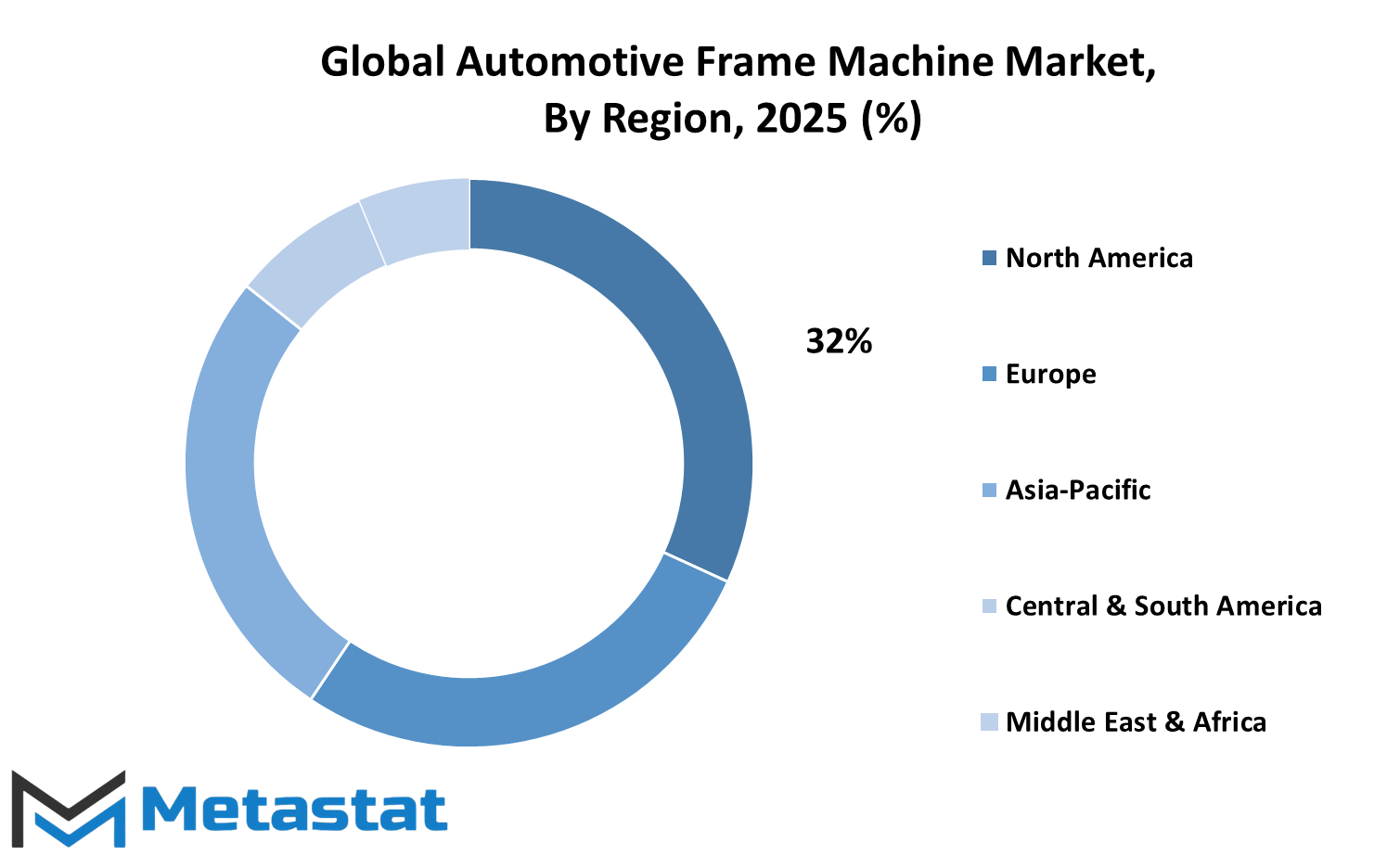
COMPETITIVE PLAYERS
The automotive frame machine market will develop globally owing to demand for ever-advanced solutions in vehicle repairs from different regions. This is driven by both technological advancement and the need for greater efficiency in auto body repair. With the complexity of vehicles, so does the complexity of their repair. Frame machines are therefore important in this respect. Such systems restore vehicles to their structures after accidents with respect to meeting safety and performance standards. Companies that are operating in this space are geared to face the future with modern equipment, smarter design, and an ability to deliver services faster.
Many of such companies are established and prove to be different. That is why the result keeps being different. They are associated with names like Celette France, SAS and Chassis Liner Supply. These companies have long been recognized for their solid manufacturing techniques and reliable equipment. Machines manufactured by these companies are known for the high precision that they have - especially important to vehicle restoration professionals when the work being done is making a vehicle reproduce as closely as possible the original shape. The company also exhibits a strong commitment to innovation like Car-O-Liner Group AB, which has operated on most of its equipment to integrate new technology. With the technology installed, processes are faster and more accurate. Others like Black Jack Frame and Pro Line Systems International Inc. are diversifying their product range to meet emergent needs in repair shops.
A lot of companies are integrating services that are more user friendly than others. User-friendliness will meet the core of the most demanding customers these days. MIT Automobile Service Company Limited (Maxima), Rotary Solutions under Chief Collision Technology, and designs by Globaljig North America LLC intend to reduce time taken for repairs. The involvement is not only on the technician's side but also to the customer who wants to see their vehicle again on the road as fast as possible. The future will hold much in store for Star-A-Liner and ASTRA Body Shop Tools & Equipment because while manufacturers emphasize versatility, they build machines capable of working on a multitude of body sizes and materials. Then, it will even add to the importance of versatility as the future will mean a lot in the rise of unrealistic demands such as electric vehicles and exceedingly lighter car frames.
Among these names begin bustling with greater recognition are Win Glitter and Yantai Jintuo Automobile Technology Co., Ltd., as they are providing much more practical solutions to competitive pricing models. Snap-on Incorporated (Kansas Jack) continues to make a name for itself as it reaches into repair shops around the world by virtue of extensive network. Autorobot Finland Oy is using the engineering background to enhance frame alignment accuracy. Such players are certainly pushing the envelope, and the Global Automotive Frame Machine market will continue to change, improve and provide better tools for this ever-growing industry of auto repair.
Automotive Frame Machine Market Key Segments:
By Vehicle Type
- Light Commercial Vehicles (LCVs)
- Heavy Commercial Vehicles (HCVs)
- Passenger Vehicles
- Others (Off-road Vehicles & Specialty Vehicles)
By Application
- Collision Repair
- Chassis Realignment
- Custom Body Modifications
- Restoration and Rebuilding
By End User
- Automotive Repair Shops
- OEM Service Centers
- Fleet Operators
- Insurance-affiliated Garages
Key Global Automotive Frame Machine Industry Players
- Celette France, SAS
- Chassis Liner Supply
- Car-O-Liner Group AB
- Black Jack Frame
- Pro Line Systems International Inc.
- MIT Automobile Service Company Limited (Maxima)
- Rotary Solutions (Chief Collision Technology)
- Globaljig North America LLC
- Star-A-Liner
- ASTRA Body Shop Tools & Equipment
- Win Glitter
- Yantai Jintuo Automobile Technology Co.,Ltd.
- MIT Automobile Service Company Limited (Maxima)
- Snap-on Incorporated (Kansas Jack)
- Autorobot Finland Oy
WHAT REPORT PROVIDES
- Full in-depth analysis of the parent Industry
- Important changes in market and its dynamics
- Segmentation details of the market
- Former, on-going, and projected market analysis in terms of volume and value
- Assessment of niche industry developments
- Market share analysis
- Key strategies of major players
- Emerging segments and regional growth potential



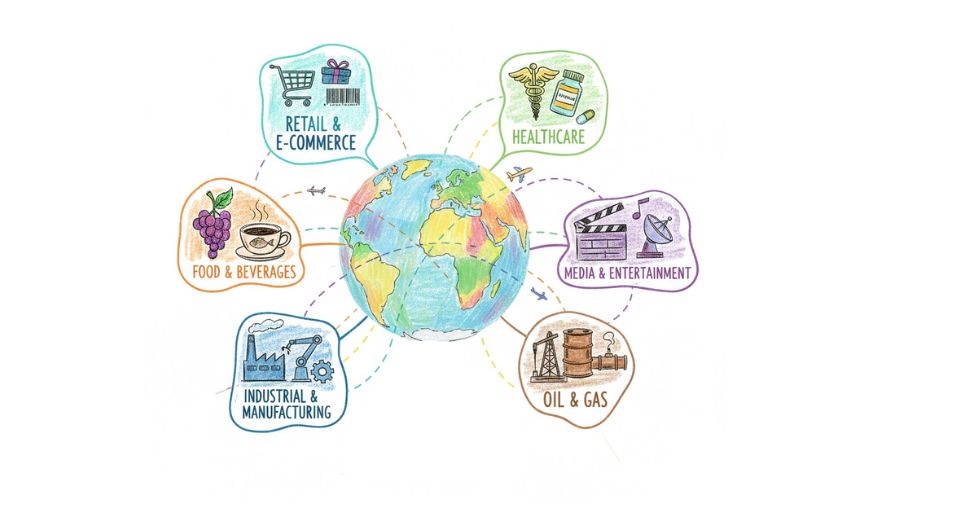
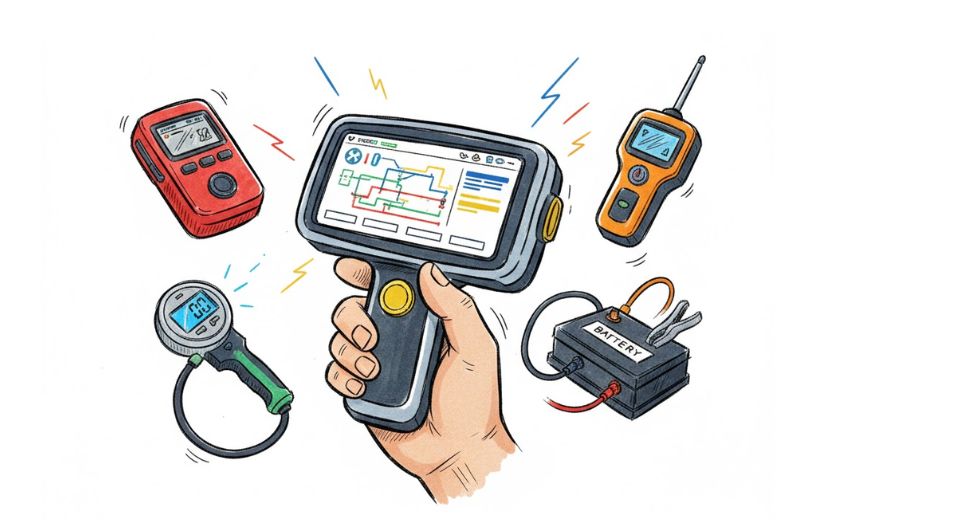
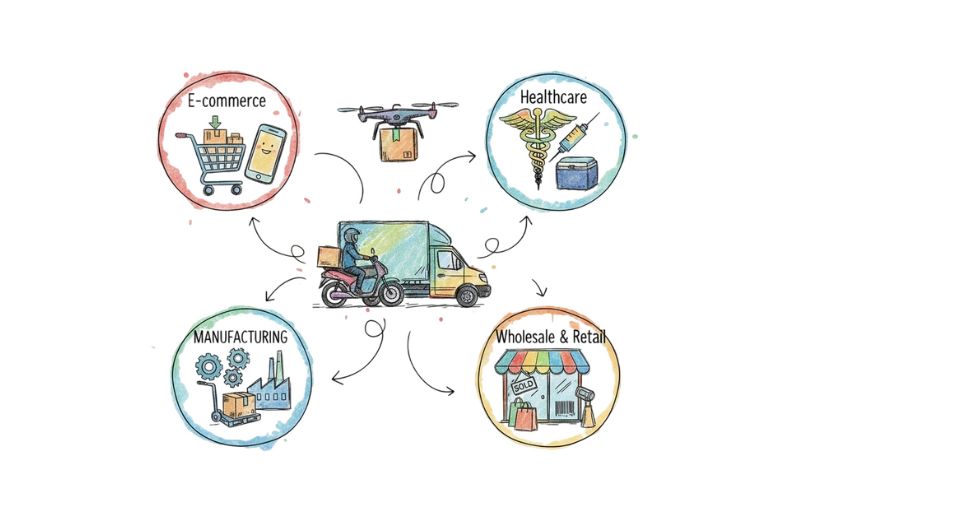
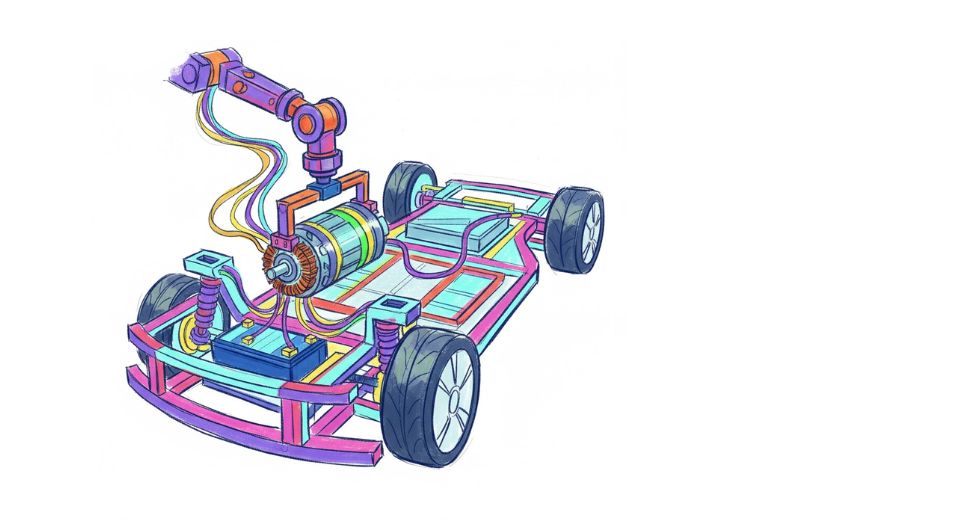




 US: +1 3023308252
US: +1 3023308252






